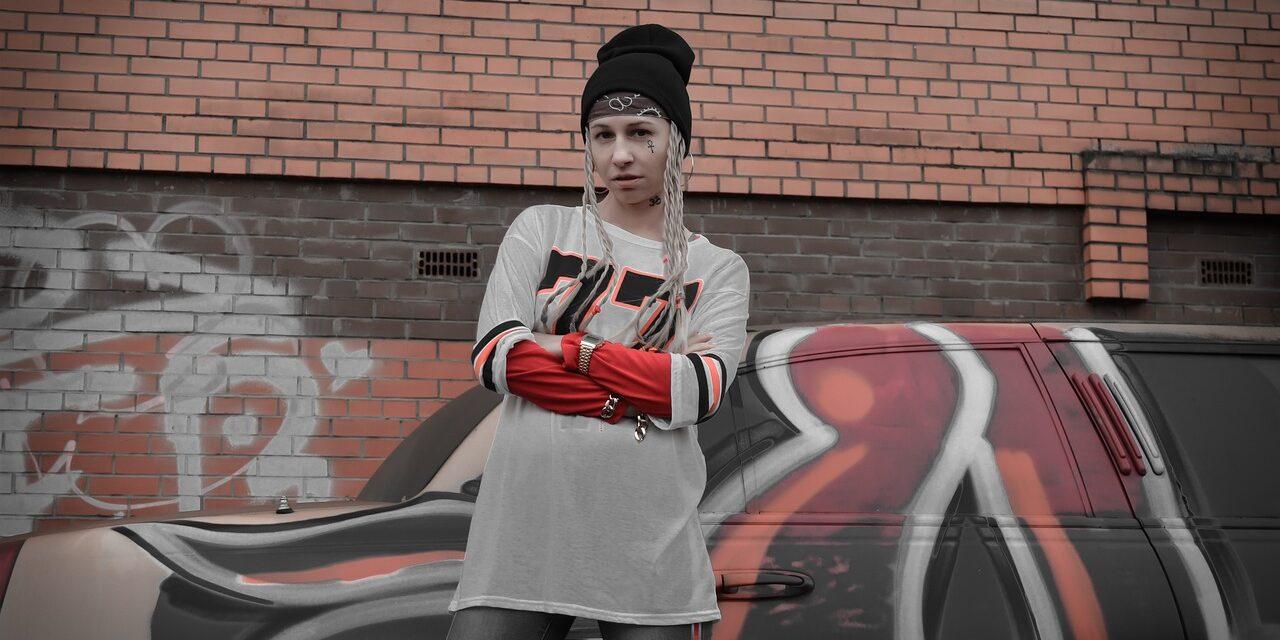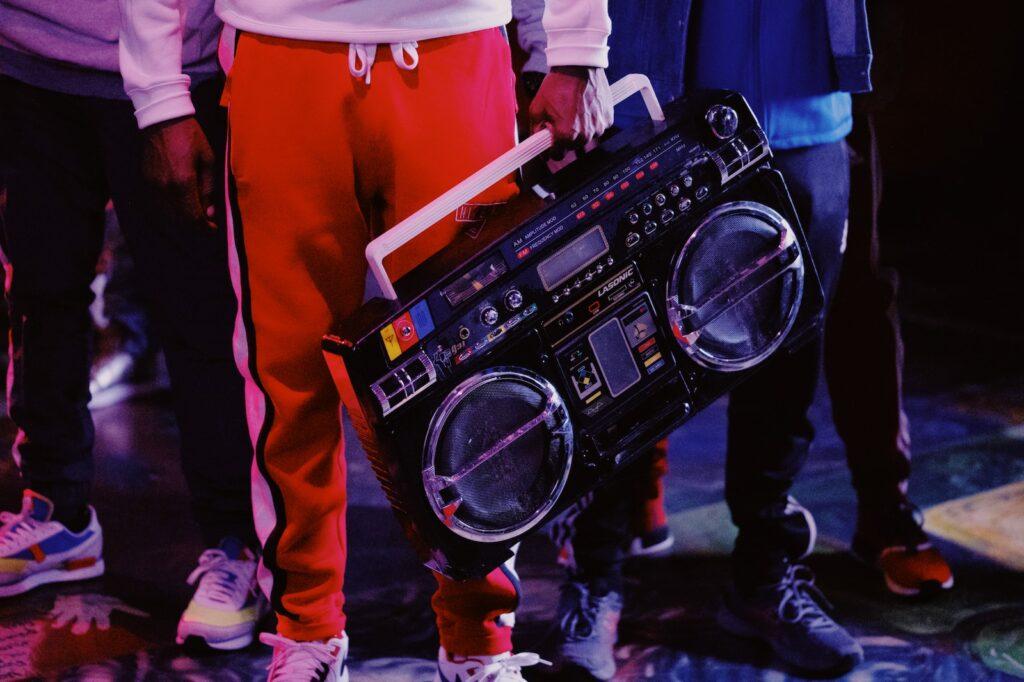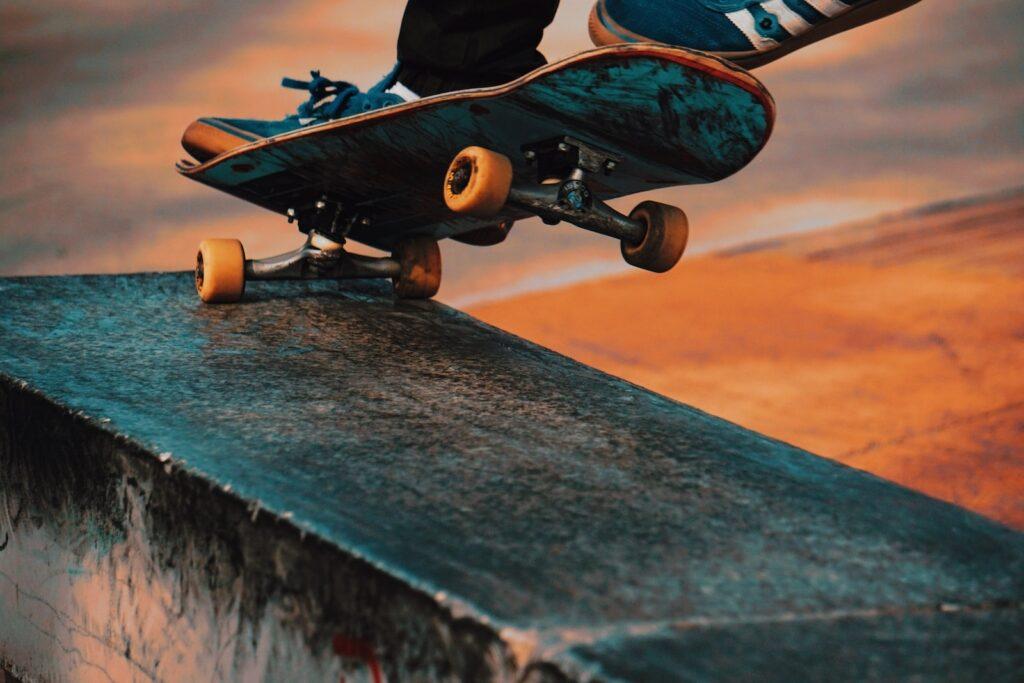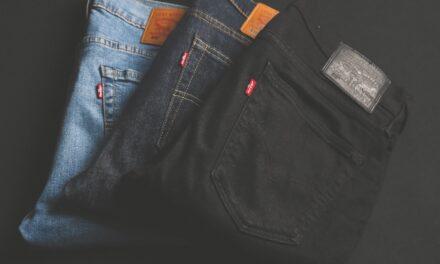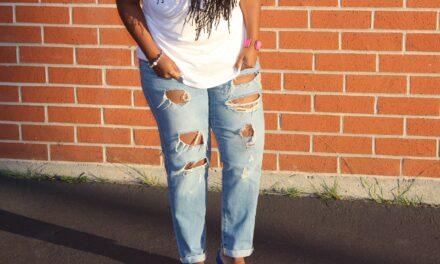Urban streetwear is a fashion style that has been around for decades. It is defined by its relaxed, comfortable clothing that typically features bold designs and graphics.
You will discover in this article what defines urban streetwear and the culture around streetwear. Also, you will learn about its key elements, influences, brands and future trends.
The style has been heavily influenced by hip-hop culture, skateboarding, and graffiti art. Urban streetwear has evolved over the years, with different subgenres emerging within the fashion trend.
The Definition of Urban Streetwear
The term urban streetwear refers to a particular style of clothing that first originated in the United States in the 1970s. It is characterized by comfortable and functional clothing, typically featuring bold designs and graphics.
Urban streetwear is worn as everyday attire for people who want to express themselves through their clothing. One of the defining elements of urban streetwear is its diverse mix of high-end and affordable brands.
This combination allows for individuals to create unique looks while staying true to their personal styles. Additionally, urban streetwear emphasizes individuality and self-expression through fashion.
A Brief History of Urban Streetwear
Urban streetwear first emerged in the 1970s as a direct response to the punk movement that was taking place at the time. The early iterations of urban streetwear were heavily influenced by skateboarding culture and featured functional clothing such as hoodies, sweatpants, and sneakers. In the 1980s hip-hop culture emerged as a major influence on urban streetwear.
Popular artists like Run-DMC popularized tracksuits, Adidas sneakers, caps worn backwards or sideways along with thick chains which have now become staples within this fashion genre. As we moved into the 1990s and early 2000s brands such as Fubu , Sean John , Rocawear started capturing attention from popular artists expanding beyond just sportswear but into high end fashion.
More recently, there has been an increased awareness of sustainability in the fashion industry which urban streetwear brands have taken on and incorporated into their design and production processes. Urban streetwear is a fashion trend that has evolved over the years since its inception in the 1970s.
It is a style that emphasizes individuality and self-expression with its bold designs and graphics mixed with high-end and affordable brands, making it accessible to all. The influences of hip-hop culture, skateboarding culture, and graffiti art have shaped this subculture into what it is today; an attitude-infused fashion phenomenon that continues to capture the attention of people around the world.
Key Elements of Urban Streetwear
Urban streetwear is known for its distinctive style and elements that set it apart from traditional fashion. Here are some of the key elements that define urban streetwear.
1. Comfortable and Functional Clothing
One of the most important aspects of urban streetwear is comfort. The clothing is designed to be comfortable and functional, allowing people to move around freely without feeling restricted. This means that the clothing is often made with breathable fabrics like cotton, wool or polyester blends, and has features like drawstrings, pockets or zippers for added functionality.
2. Bold and Edgy Designs
Urban streetwear is also characterized by bold designs that make a statement. The designs are often inspired by pop culture, music, art or other subcultures like skateboarding or graffiti.
Bold graphics, bright colors and contrasting patterns are all part of the aesthetic. The designs are intended to be eye-catching and memorable.
3. Use of Graphics, Logos, and Typography
Graphics, logos and typography are all important elements in urban streetwear design. Brands often use their logos prominently on clothing items like t-shirts or hoodies.
Typography plays a role in creating unique slogans or catchphrases as part of brand messaging. Graphics may incorporate cultural references such as album covers, cartoons or memes.
4. Mix of High-End and Affordable Brands
Urban streetwear has also become known for mixing high-end luxury brands with more affordable ones in order to create a unique look that is both stylish and accessible. This allows people from different socioeconomic backgrounds to participate in this fashion trend while still being able to express themselves with brand names they admire.
5. Emphasis on Individuality and Self-Expression
Perhaps one of the most important aspects of urban streetwear culture is its emphasis on individuality and self-expression. The clothing is not just about looking stylish, it is also about expressing one’s personality and identity. People wear urban streetwear as a form of self-expression to communicate their interests, beliefs, and feelings to others.
The key elements of urban streetwear are what make it unique and popular among fashion enthusiasts. Comfortable and functional clothing, bold and edgy designs, creative use of graphics, logos and typography, mixing high-end with affordable brands, and emphasis on individuality and self-expression all contribute to the distinctive style of this trend-setting fashion movement.
Influences on Urban Streetwear
Hip-hop culture
Hip-hop culture has had a significant impact on the development of urban streetwear. The fashion trends within the hip-hop industry have influenced the designs and aesthetics of numerous streetwear brands, particularly in the 90s during the golden age of hip-hop. The oversized clothing, baggy pants, and athletic sneakers became popular among rappers and influencers in the hip-hop scene.
As a result, brands like FUBU and Rocawear emerged as leading streetwear companies that catered to the style preferences of hip-hop artists and fans alike. Today, many urban streetwear brands continue to draw inspiration from hip-hop culture through their use of bold colors, graphic prints, and typography that evoke an urban sensibility.
Skateboarding culture
The influence of skateboarding culture on streetwear can be traced back to Southern California in the 1970s when skateboarding was becoming increasingly popular. Skaters needed clothing that was functional for their sport while also providing comfort, durability, and style.
This led to a unique blend of sportswear and casual clothing that became known as skatewear. Streetwear brands began incorporating elements from skateboarding culture into their designs in the 80s and 90s.
Vans, for example, started producing shoes specifically designed for skateboarders’ needs which later became widely popular amongst urban youth regardless if they skateboarded or not. Today’s urban skate-inspired fashion finds influence from both subcultures with unique twists such as graphic tees with irreverent logos paired with designer jeans or sneakers.
Graffiti art movement
Graffiti has long been considered one of the most defining features of urban cultures worldwide since its emergence in New York City during the early 70s. Graffiti artists were known for using public spaces as a canvas for their art, often tagging walls, buildings, and subway cars with intricate designs and lettering.
Graffiti art became a major inspiration for urban streetwear designers as the movement gained popularity in the 80s. Graffiti artists’ bold use of colors, fonts, and imagery found its way into street fashion through graphic tees, jackets, and hoodies.
Brands like Obey Clothing and the Hundreds have been heavily influenced by graffiti culture. These brands incorporate graffiti-inspired images or slogans in their clothing while others collaborate directly with prominent graffiti artists to create unique collections that celebrate the art form.
Subgenres within Urban Streetwear
Techwear
Techwear is a subgenre of urban streetwear that incorporates advanced fabrics and technology into clothing design. Clothing in this subgenre can include features like waterproofing, reflective or glow-in-the-dark materials, and breathable fabrics. Some popular brands in the techwear category include Acronym, Stone Island Shadow Project, and Nike ACG.
Sportswear-inspired streetwear
Sportswear-inspired streetwear draws inspiration from athletic apparel and is characterized by comfortable materials and loose-fitting designs. Brands like Nike, Adidas, and Puma are known for their sportswear-inspired collections. This subgenre often includes elements like athleisure (the combination of athletic wear with casual clothing) and retro styles from past decades.
High Fashion Streetwear
High fashion streetwear combines luxury fashion with urban street style. Designers like Virgil Abloh for Off-White and Demna Gvasalia for Balenciaga have helped to popularize this subgenre in recent years. The clothing often includes high-end fabrics like leather or silk as well as complex designs featuring intricate embroidery or prints.
Famous Brands in Urban Streetwear
Supreme
Supreme is a New York-based brand that has become one of the most recognizable names in urban streetwear over the past few decades. Known for their iconic box logo, Supreme offers a range of products including clothing, accessories, skateboards, and more.
Off-White
Off-White is a luxury brand founded by Virgil Abloh that blends high fashion with urban street style. The brand has gained popularity through its collaborations with Nike on sneakers and its use of bold graphics such as diagonal lines.
A Bathing Ape (BAPE)
A Bathing Ape, or BAPE, is a Japanese streetwear brand that has been around since the early 1990s. The brand is known for its signature camouflage prints and its iconic ape logo. BAPE offers a range of products including clothing, accessories, and footwear.
Stussy
Stussy is a California-based brand that was founded in the 1980s and has become an important name in the urban streetwear scene. The brand is known for its use of graphic designs and bold typography on clothing items like t-shirts and hoodies.
The Future of Urban Streetwear
Sustainability in urban streetwear brands
As consumers become increasingly aware of environmental issues, many urban streetwear brands are making efforts to be more sustainable. This includes using recycled materials or eco-friendly fabrics like organic cotton or hemp. Brands like Patagonia and Allbirds are leading the way in sustainable fashion practices.
Evolving trends in design
Urban streetwear design continues to evolve as new designers enter the scene and existing brands experiment with new styles and techniques. Some current trends include oversized silhouettes, neon colors, and retro-inspired designs from past decades.
Conclusion
Urban streetwear has become an important part of contemporary fashion culture with its emphasis on individuality, self-expression, and edgy designs. As sustainability becomes more important to consumers, we can expect to see more urban streetwear brands incorporating eco-friendly practices into their production processes.
The constantly evolving nature of urban streetwear means there will always be fresh ideas pushing the boundaries of what we consider fashionable.

